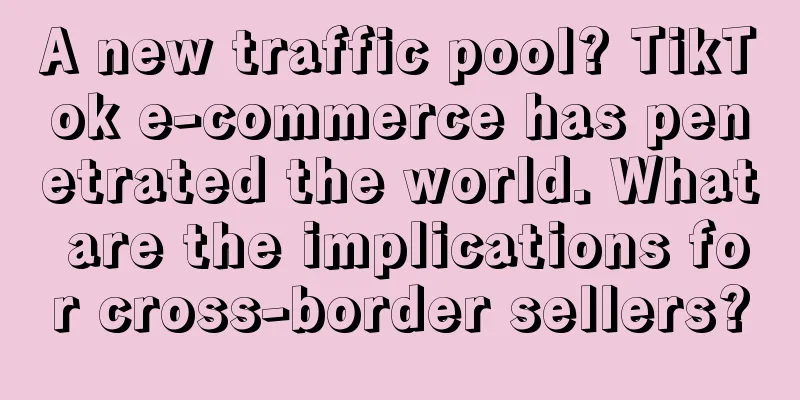In 2024, the total Christmas e-commerce sales in the United States reached 241.4 billion US dollars, with electronic products having the highest sales

|
It is learned that recently, the latest data released by Adobe showed that during the Christmas holiday in 2024, the total online sales of American consumers reached 241.4 billion US dollars, an increase of 8.7% year-on-year, setting a new e-commerce sales record. This data covers more than 1 trillion consumer visits, 100 million product SKUs and 18 product categories. Mobile shopping has become a highlight of this season. Consumers conducted more than 54% of transactions through mobile phones, an increase from 54.5% last year. On Christmas Day, mobile shopping reached the highest level (65%). In addition, during the 2024 holiday season, there were 15 days with single-day sales exceeding US$4 billion, four more days than in 2023. In terms of consumer purchase categories, the best-selling items are down jackets, wool jackets, boots, handbags, messenger bags, socks, electric scooters, and bicycles. Among them, electronics, clothing, and furniture/household items are the top three best-selling categories, accounting for 54% of the market share, with sales of US$55.3 billion (an increase of 8.8% year-on-year), US$45.6 billion (an increase of 9.9% year-on-year), and US$29.2 billion (an increase of 6.8% year-on-year), respectively. However, the categories with the strongest growth are groceries (sales of US$21.5 billion, an increase of 12.9% year-on-year) and cosmetics (sales of US$7.7 billion, an increase of 12.2% year-on-year). Other categories with significant growth include sporting goods (sales of US$7.8 billion, an increase of 7.4% year-on-year) and toys (sales of US$8.2 billion, an increase of 7.8% year-on-year). Price discounts have become a key factor driving consumption. Promotional activities with large discounts have attracted many price-sensitive consumers. The discount rates of electronic products, toys, clothing, computers, and household goods have all hit record highs, at 30.1%, 28%, 23.2%, 22.8%, and 19%, respectively. The discount rates of televisions (24.2%), home appliances (19.2%), and sporting goods (19.5%) have also hit record highs. Data shows that for every 1% drop in prices, consumer demand increased by about 1.03%, driving an additional $2.25 billion in online sales. The deep discounts this season also prompted consumers to buy high-priced goods in categories such as electronics, appliances and sporting goods, driving e-commerce growth. The sales share of the most expensive items this season increased by 21% overall. By category, sporting goods increased by 54%, electronics increased by 48%, home appliances increased by 35%, personal care products increased by 32%, and clothing increased by 10%. In addition, the influence of generative AI technology has increased significantly during the holiday shopping season. Compared with 2023, the use of AI-based shopping assistants and chatbots has increased by 1,300%, with the use of Cyber Monday increasing by as much as 1,950%. The survey shows that 70% of consumers who use generative AI believe that it improves the shopping experience, especially when looking for discounts and specific products. AI technology helps consumers complete shopping more efficiently. Author✎ Summer/ |
Recommend
Big event of the week! Amazon will launch a new logistics selection plan
Africa's e-commerce market to reach $22 billi...
All the front-end products have disappeared! Amazon is actually doing a big purge
At around 3 pm this afternoon, which was almost e...
(Operational Tips) How to do a good job of Amazon QA and boost listing traffic
When it comes to listing optimization, many selle...
How should Amazon’s new products improve conversion rates?
Amazon's survival model is nothing more than ...
Be sure to pay attention to these three factors when testing products on Amazon!
70% product selection and 30% operation. Refined p...
What is eTradePay? eTradePay Review
eTradePay (www.etradepay.com) is a comprehensive s...
What is Etsy Wholesale? Etsy Wholesale Review
Etsy Wholesale is a marketplace launched by Etsy t...
What is Amazon Small and Light? Review of Amazon Small and Light
Amazon Logistics Small and Light Program (FBA Smal...
What is michiny? Michiny Review
Michiny was founded in New York City in 2010 and i...
What is DrumUp? DrumUp Review
DrumUp is a tool that helps you share great conten...
Will Amazon open an offline department store? Target adds 4 new picking centers to enhance competitiveness!
Target is reportedly shortening the time of its on...
Walmart recalls T-shirts with swear words printed on them! Someone resold them for 4 times the price!
AMZ23 has learned that a customer noticed that th...
U.S. online grocery sales fell in May as pickup orders fell
According to data from Brick Meets Click and Merca...
Good news from Amazon! Will the official guide you to handle negative reviews?
Recently, Amazon UK released a new announcement, ...
What is Amazon One-Click Ordering? Amazon One-Click Ordering Review
Amazon One-Click Checkout allows you to order prod...









